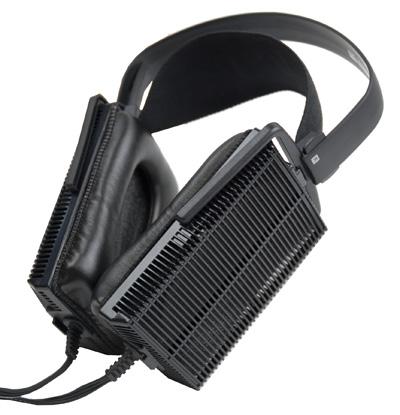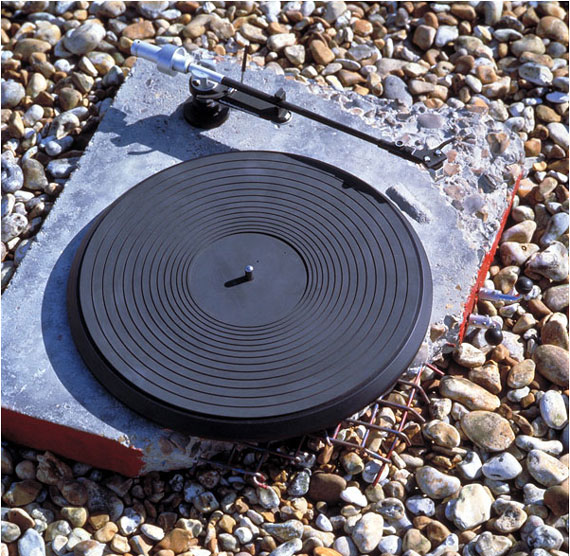The Art of Clairtone
A while back we posted a little video about Clairtone, a Canadian electronics manufacturer known for their beautiful stereo systems in the 1960s (above). We love this video and when we researched Clairtone, we came across a book called, "The Art of Clairtone - The Making of a Design Icon" that highlights some of the amazing products produced by Clairtone.

Here's a description from Amazon:
For a decade, in the 1960s, Clairtone Sound Corporation captured the spirit of the times: sophisticated, cosmopolitan, liberated. From its modern oiled-walnut and teak stereos to its minimalist logos and promotional materials, Clairtone produced a powerful and enduring body of design work.
Founded in 1958 by two young Canadians, Peter Munk and David Gilmour, Clairtone quickly became known for its iconic designs and masterful advertising campaigns. Its acclaimed Project G stereo, with its space-age styling, epitomized the Swinging Sixties. Famously, Hugh Hefner owned a Project G. So did Frank Sinatra. Oscar Peterson affirmed that his music sounded as good on a G as it did live. In 1967, suggesting how deeply Clairtone’s G series had come to be identified with popular culture, the G2 appeared in The Graduate with Dustin Hoffman and Anne Bancroft.
The book is fantastic and available here from Amazon for $34.20. A great book for anyone that loves design and audio equipment.
 Post a Comment
Post a Comment 



